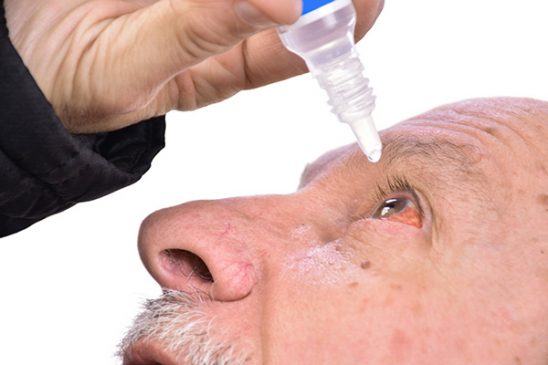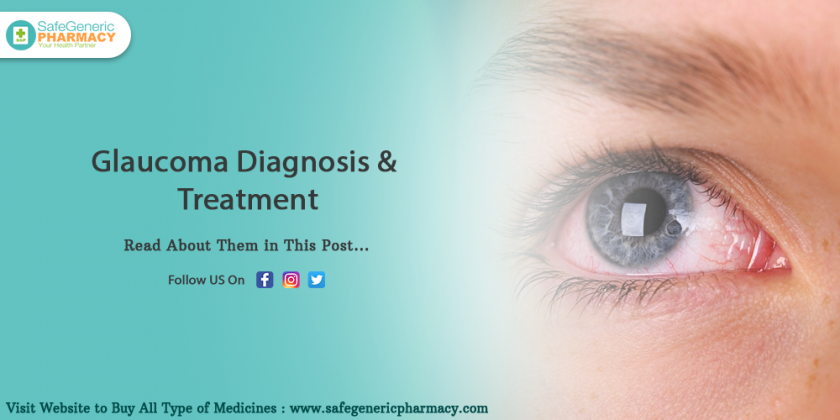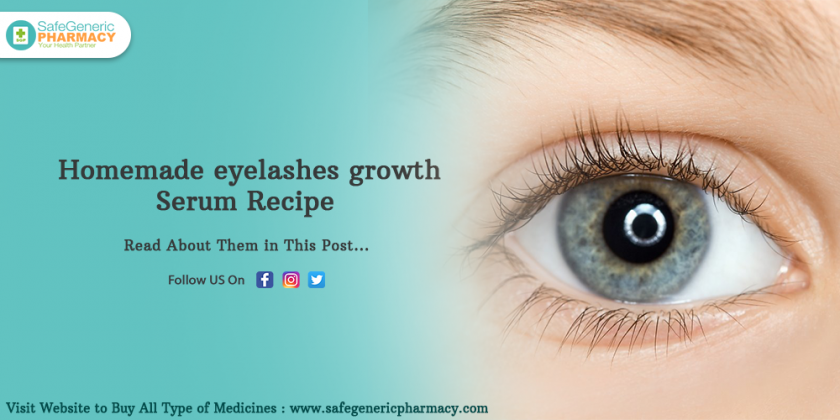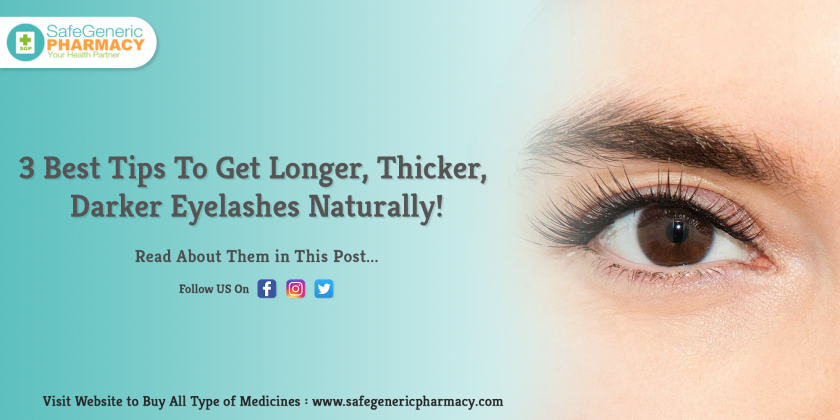Pink eye is a common eye virus that ten percent of people experience at some point in their lives. Fortunately, it isn’t serious, and there are plenty of things you can do to relieve the symptoms, but it’s essential to be able to recognize it in case it happens to you or a family member.
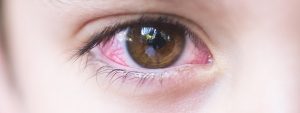
What Pink Eye Is And Why Do We Get It?
Pink eye, commonly known as Conjunctivitis, is an inflammation of the conjunctiva (the clear tissue that covers the white section of the eye and the insides of the eyelids). When the conjunctiva becomes inflamed, it happens as a result of irritants such as bacteria, chlorine, viruses, shampoo, or allergens getting in the eye.
Kids are most prone to getting pink eye because of all the time they spend around other kids, and it’s a highly contagious infection. (It spreads rapidly in daycares, schools), but it’s rarely serious. It’s very unlikely to harm your vision, especially if you find it and treat it fast. When you take care to stop its spread and do all the things your family doctor suggestion, pink eye clears up with no long-term problems.
Symptoms of Pink Eye
The symptoms of pink eye include puffiness, redness, excessive tears, and itching, thick discharge that makes it difficult to open the eye, light sensitivity, and blurred vision, burning. These symptoms may vary depending on the cause of the virus.
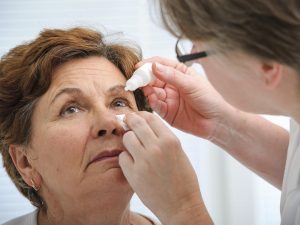
What can you do on your Own?
It’s important to see a family doctor if you have pink eye, mainly if it hasn’t gone away after the normal amount of time, but there are a few processes you can relieve the symptoms and keep it from spreading.
Avoid touching your eyes, because this could irritate them further and introduce new germs.
If you regularly wear contacts, switch to glasses until the virus is gone (change to new lenses afterward, as the old connections are likely contaminated).
A warm compress can help the discharge and with the swelling.
Wash your hands often to limit the spread of the virus.
You can use generic medication to cure pink eyes. Which are as follows:
Other potential causes of pink or red eyes
Eyes that act to have a pink tone do not certainly mean that a virus is present. Environmental toxins, Dry eyes, and eyes allergic to ecological irritants may appear pink, and may even have a clear discharge.
Allergies are a prevalent cause of pink or even red eyes, with itching being a common characteristic. The whites of the eye may appear swollen, and a clear or off-white discharge is common. Topical over-the-counter antihistamines are generally useful in moderate cases, but prescription topical steroid drops may be necessary to resolve the more robust cases.
Bacterial infections of the eye are rarely common than viral infections, but the symptoms and signs are quite similar, including a red or pink coloring, eye discomfort and sensitivity to light. The discharge associated with bacterial infections tends to be thicker and more colorful. Antibiotic drops are generally quite useful in resolving these infections.
Check Also: Careprost: Best Eyelash Growth Serums on the Market
Types of Pink Eye
Our eyes can become irritated from just about anything getting in them, but the three main types of the pink eye we’ll focus on are viral and bacterial conjunctivitis and allergic reactions.
Bacterial: If contamination from bacteria causes the pink eye, then instead of watery discharge, the result is much thicker yellow or green secretions. This type will also be very contagious. While it will usually go away after a few days, prescribed antibiotics can help clear it up faster so that you don’t have to wait it out.
Allergic reaction: Allergy-based conjunctivitis is not contagious, though it may have similar symptoms. Allergy medication can help with these.
Viral: viral is the most common type and is caused by viral strains that can increase quickly. It might seem like your eyes are just itchy at first, but viral pink eye involves much watery discharge and sometimes light sensitivity. It tends to last one to two weeks. Because a virus causes this, it cannot be treated with antibiotics, but it typically goes away on its own.
Are you new on safegenericpharmacy blog ? because every week sharing this type of amazing post which you may want to know to improve your healthy life and thanks for visiting our blog.
Don’t Miss: Careprost (Bimatoprost) Product : How to Grow Long Eyelashes

